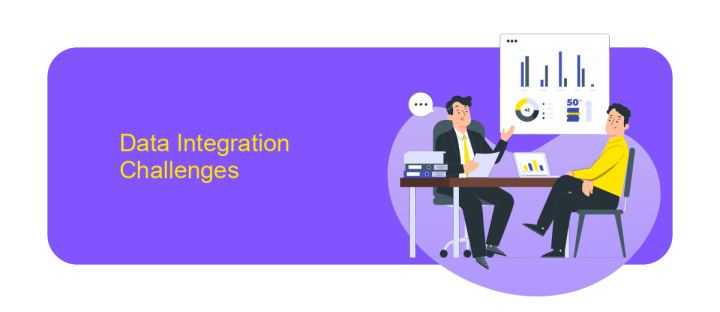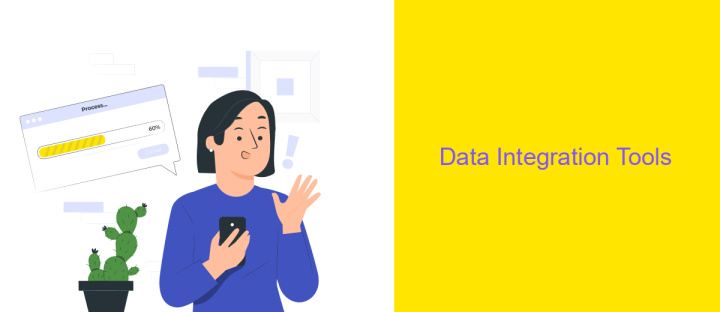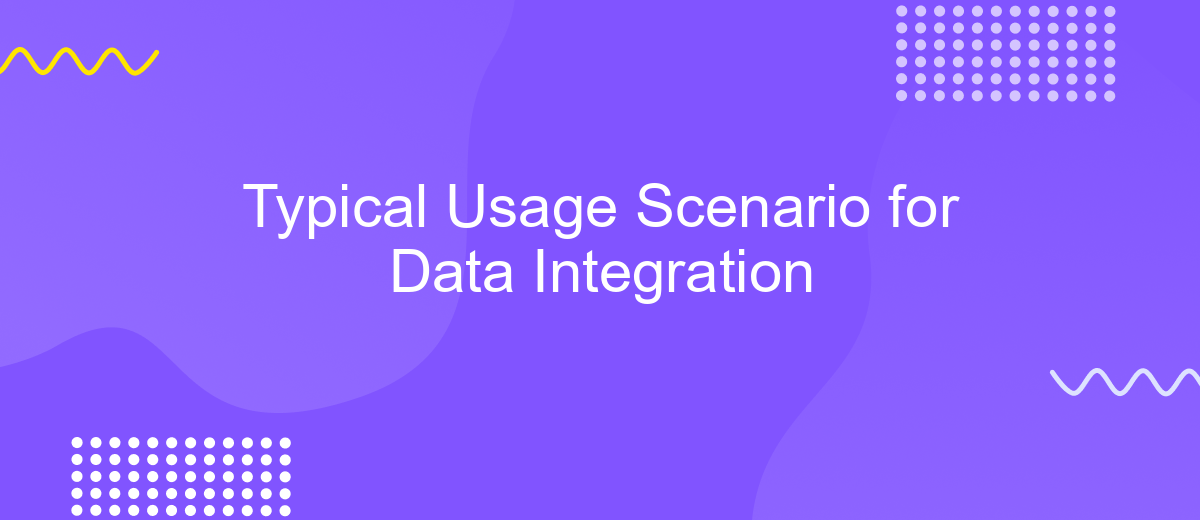Typical Usage Scenario for Data Integration
Data integration is a critical component in today's data-driven world, enabling organizations to combine data from various sources into a unified view. This process enhances decision-making, streamlines operations, and supports comprehensive analytics. A typical usage scenario for data integration involves consolidating customer information from multiple databases to provide a holistic perspective for improved customer relationship management.
Typical Usage Scenario
Data integration is a crucial process for businesses aiming to consolidate information from various sources into a unified view. Typically, organizations use data integration to improve decision-making, enhance customer experiences, and streamline operations. By combining data from disparate sources, companies can gain a holistic understanding of their operations and identify trends and opportunities that would otherwise remain hidden.
- Combining customer data from multiple platforms to create a single customer view.
- Integrating sales and inventory data to optimize supply chain management.
- Aggregating data from various departments to generate comprehensive business reports.
- Synchronizing data between on-premises databases and cloud-based systems.
- Merging data from different branches to ensure consistency and accuracy.
These scenarios illustrate the versatility of data integration in addressing diverse business needs. By leveraging robust integration tools and strategies, organizations can break down data silos, enhance data quality, and drive more informed decision-making processes. Ultimately, effective data integration helps businesses stay competitive in an increasingly data-driven world.
Data Integration Challenges

Data integration presents several challenges, primarily due to the complexity of merging data from disparate sources. One major issue is data inconsistency, where different systems may store data in various formats, leading to discrepancies. Additionally, data silos can hinder the seamless flow of information, making it difficult to achieve a holistic view. Ensuring data quality and accuracy is another significant challenge, as errors and duplications can compromise the integrity of the integrated data.
Another challenge lies in the technical aspects of data integration. Compatibility between different systems and platforms can be problematic, requiring robust solutions to bridge gaps. Security concerns also arise, as integrating data from multiple sources increases the risk of breaches. Tools like ApiX-Drive can simplify these processes by offering automated data integration services, ensuring smooth and secure data flow. By leveraging such tools, businesses can overcome many of the technical hurdles, allowing for more efficient and reliable data integration.
Benefits of Data Integration

Data integration is a crucial process for organizations aiming to leverage their data effectively. By combining data from different sources, businesses can gain a comprehensive view of their operations, leading to more informed decision-making and improved efficiency.
- Enhanced Data Quality: Integrating data from various sources helps in identifying and rectifying inconsistencies, leading to more accurate and reliable data.
- Improved Collaboration: With integrated data, different departments can access the same information, fostering better collaboration and communication.
- Cost Efficiency: Streamlining data processes reduces redundancy and operational costs, allowing resources to be allocated more effectively.
- Better Customer Insights: Unified data provides a holistic view of customer behavior and preferences, enabling personalized marketing strategies and improved customer satisfaction.
- Informed Decision-Making: Access to comprehensive and real-time data supports strategic planning and timely decision-making.
In conclusion, data integration offers significant advantages that can transform how organizations operate. By ensuring data consistency, enhancing collaboration, and providing deeper insights, businesses can achieve greater efficiency and drive growth.
Data Integration Tools

Data integration tools are essential for combining data from various sources into a unified view, enabling organizations to make informed decisions. These tools facilitate the extraction, transformation, and loading (ETL) of data, ensuring that information is accurate, consistent, and accessible.
Modern data integration tools offer a wide range of functionalities, from real-time data processing to advanced data cleansing and enrichment. They support diverse data formats and can handle both structured and unstructured data, making them versatile for different business needs.
- ETL Tools: Extract, Transform, Load processes for data migration and warehousing.
- Data Virtualization: Real-time data integration without physical data movement.
- API Management: Facilitates integration through API interfaces.
- Cloud-based Integration: Scalable solutions for integrating cloud and on-premises data.
- Master Data Management (MDM): Ensures data consistency and accuracy across the organization.
Choosing the right data integration tool depends on the specific requirements of an organization, such as the volume of data, the complexity of integration tasks, and the need for real-time processing. By leveraging these tools, businesses can achieve seamless data flow, improved data quality, and enhanced decision-making capabilities.
Conclusion
In conclusion, data integration plays a critical role in modern business environments, enabling seamless data flow between disparate systems and enhancing decision-making processes. By consolidating data from multiple sources, organizations can achieve a unified view of their operations, leading to improved efficiency and accuracy. Effective data integration ensures that businesses can respond swiftly to market changes and customer demands, leveraging the full potential of their data assets.
One of the essential tools for achieving efficient data integration is ApiX-Drive. This service simplifies the process of connecting various applications and automating data transfers, reducing the need for manual intervention. With ApiX-Drive, companies can streamline their workflows, minimize errors, and save valuable time. By utilizing such advanced integration solutions, businesses can focus on their core activities while maintaining robust and reliable data connections across their technological ecosystem.
FAQ
What is data integration and why is it important?
What are the common challenges in data integration?
How does data integration improve business processes?
What are some typical use cases for data integration?
How can I automate data integration processes?
Apix-Drive will help optimize business processes, save you from a lot of routine tasks and unnecessary costs for automation, attracting additional specialists. Try setting up a free test connection with ApiX-Drive and see for yourself. Now you have to think about where to invest the freed time and money!

